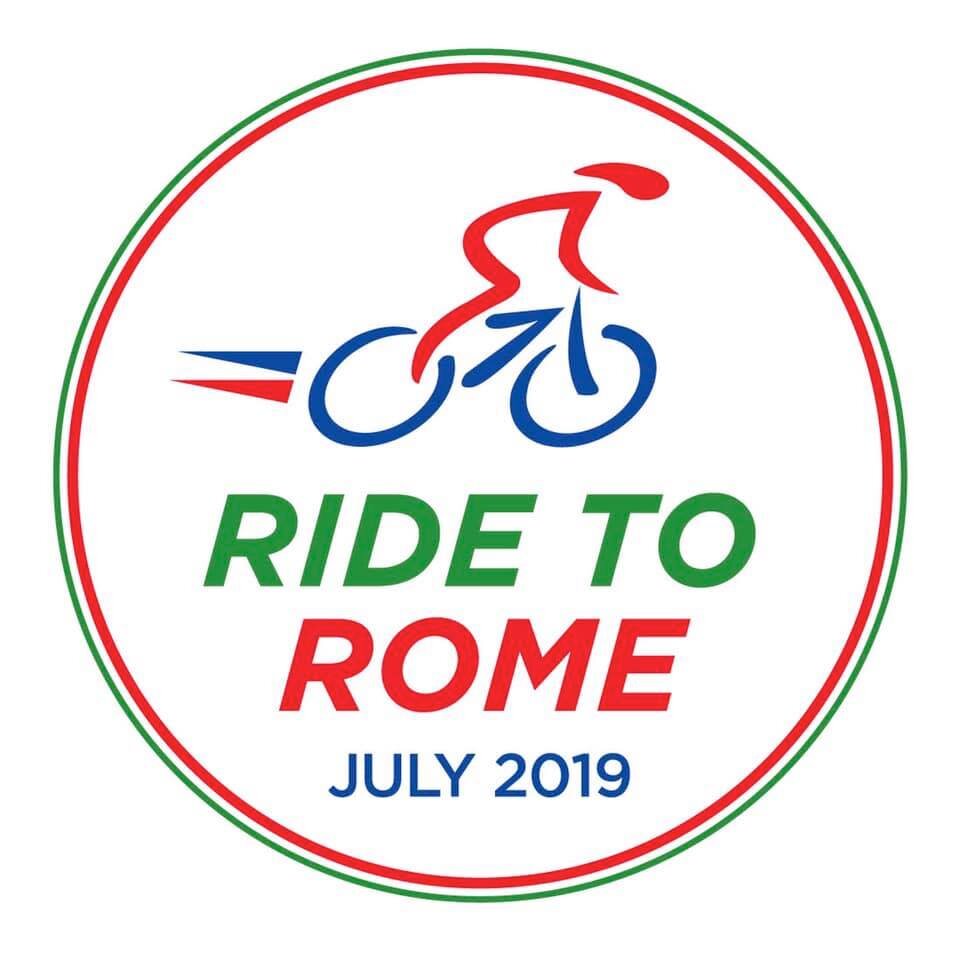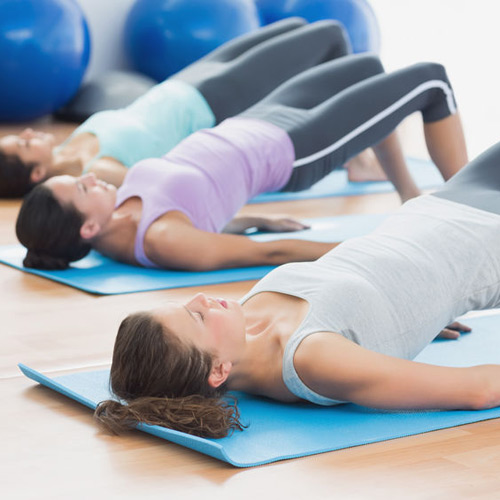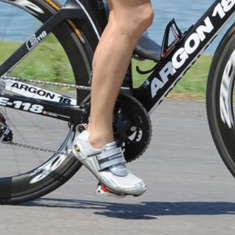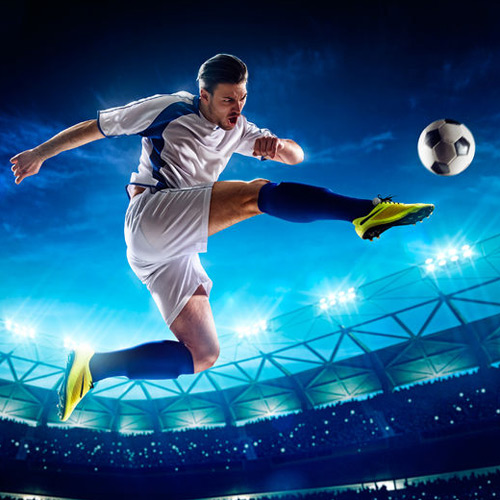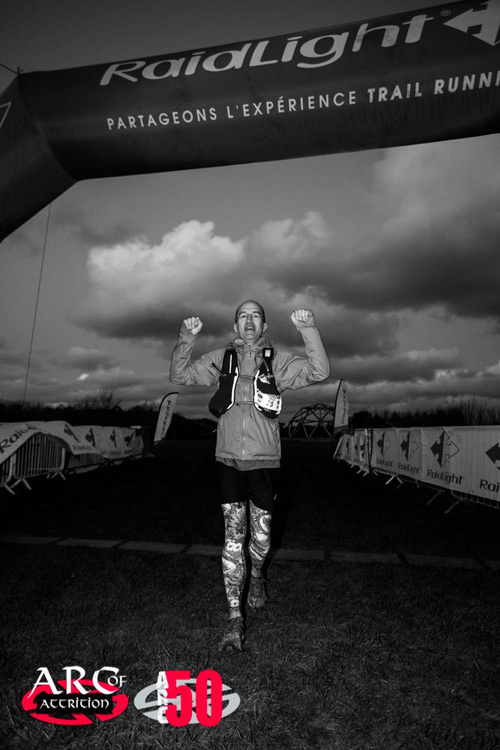Patient News: Wayne Collins' Ride To Rome Part 1
Wayne Collins, one of our physio patients, recently cycled from London to Rome with his friends Alessandro, Dot and Aileen to raise money for two charities close to their hearts. The first is The Royal British Legion, specifically for their projects supporting Admiral Nurses who work with people (and their families who are often more affected) with Alzheimers, a disease that took Wayne’s father at an early age, and the courses that they run at the Battle Back Centre. The second charity is Demelza House, which is a hospice that provides respite care and end of life care for children with severe illnesses and life limiting conditions.
Wayne has very kindly blogged his experience for us in two parts – this is the first: the run up to the big event.
Ride To Rome!
Having completed an amazing four day ride from London to Paris with the Royal British Legion in September 2018, I thought “where next?”!
“Why, London to Rome of course!”
It’s less than 1,400 miles. We can do it, of course we can! Dot, Aileen and I have only been cycling for a few years and the total of our ages is greater than 180 so we are no spring chickens and we are fairly slow.
Aileen and Dot agreed to join me in this latest crazy endeavour. Dot (we have not known each other that long) has since revealed that whilst she said yes she thought I was joking! She knows me better now. When I drove to France in January for four days to reccie the section of the route we had planned from Calais to the Alps she realised that I was serious and the event would take place!
Our Charities
During the ride from London to Paris I met some veterans who had received literally lifesaving help from the Royal British Legion, in particular through their Battle Back Centre. They are amazing, inspirational people. I have had, and still have and battle with to a degree, some major health challenges and problems in my life, but nothing compared with these people. I wanted to do more to help them.
The second charity, Demelza House, is an amazing organisation that has helped a close friend of mine, her severely disabled child and family in general for many years. Unlike many children’s hospices they focus on giving children and their families every possible opportunity and support during their lives. They make such an enormous difference daily to these families. Naturally they also provide outstanding end of life care too.
Logistics and Training
I enlisted the help of Alessandro Santangelo, an Italian Cycle guide that I had met on a cycling holiday a couple of years ago. Although our intention was to employ him, as we were raising money for these two amazing charities he only charged us for his expenses and not his time.
Alessandro planned the European mainland routes and we then drove them over two four days trips. This led to some adjustments and allowed us to identify our accommodation which we needed to book well in advance.
With regards to preparation we all cycled the Eden classic from the Eden Project in Cornwall.
Pasties after The Eden Classic.
Dot and Aileen are part of the HSBC UK Breeze cycle club in Cornwall. Breeze offers fun, free bike rides for women of all abilities across the UK. They cycle most Fridays, weather permitting, and obviously, being in Cornwall, they get a lot of hill training in!
Due to my work and other charity commitments I knew that if I was left to my devices regarding training I wouldn’t do enough to be able to survive the trip so in addition to training on my own I cycled the one day, 65 mile Poppy Ride for the Royal British Legion in May.
In June I then joined two friends for a cycle challenge/training down the Adriatic coast of Italy with Alessandro as our guide. In reality we spent very little time on the coast road as each day we came in land to view some stunning locations all of which seem to be at the top of long steep hills! We averaged around 60-70 miles a day.
Wayne and Alessandro at the end of our Adriatic training.
Shortly afterwards I followed up with the four day pedal from London to Ypres, a mere 320 miles, again with the Royal British Legion.
Ypres.
The final major training event for me was cycling the grand depart of the Tour de France one week ahead of the actual Ride To Rome. This event was raising money for prostate cancer. We suffered with extreme temperatures on the day and from a personal point of view, as I had never cycled 128 miles in one day before, it was an enormous challenge on many levels!
In addition to providing his guiding services and cycling every mile with us Allesandro also provided mechanical support whenever we had issues.
My pre-ride bike prep was generously provided by one of our sponsors, Pearson Cycles, who are still family owned and are the oldest bike shop in the UK. Next year they celebrate their 160th anniversary.
Our support van driver, daily fresh fruit and food buyer, water supply man and all round fantastic support was provided by Glyn who also volunteered his time free of charge for the whole trip and assisted with moving the van around in the build up to the event to help promote us and to have the stickers of our wonderful sponsors added. I don’t think he really knew what he was letting himself in for when he was “volunteered” by his wife and fellow cyclist Dot!
Provisioning for the Ride To Rome!
Tune in next month for Part 2 of Wayne’s blog post where he tells you just how much fun he had cycling from London to Rome!
If you’d like to make a donation The Ride To Rome donations page is still live and can be found here.
Words and images courtesy of Wayne Collins.
Are you going on your own adventure and would like to share it with us? Send an email to us at info@physioremedies.com.


